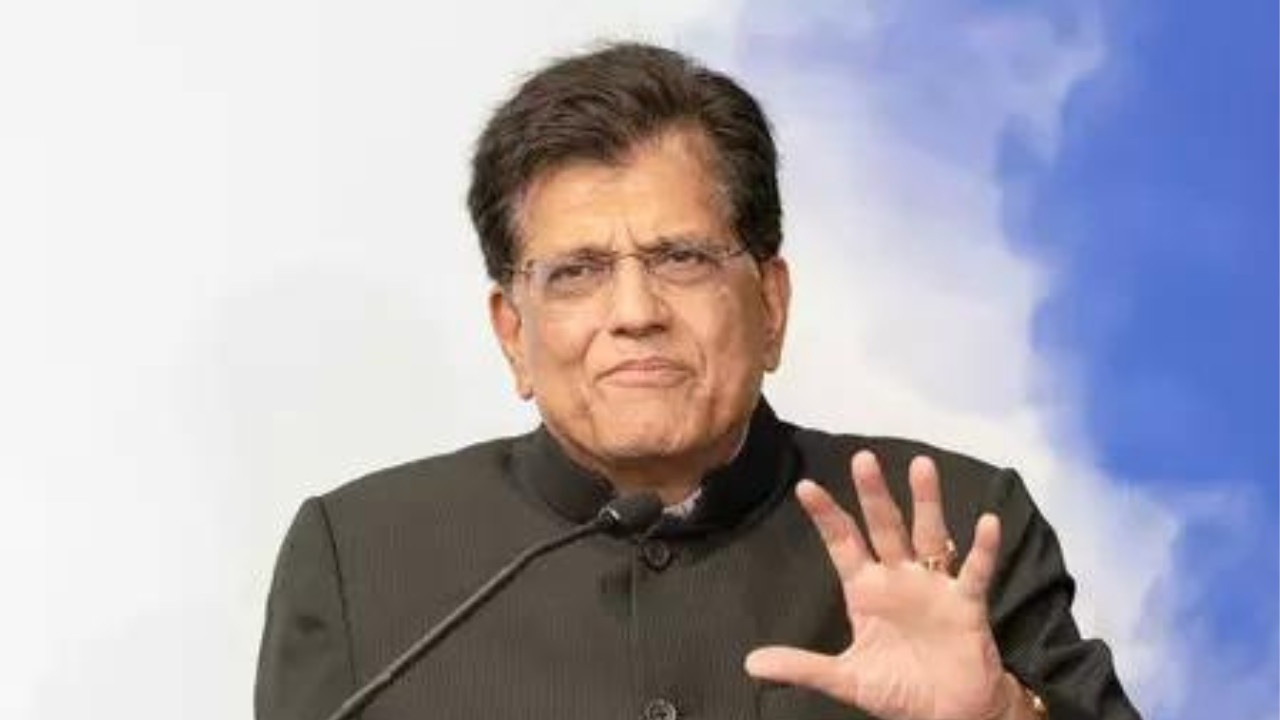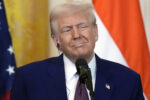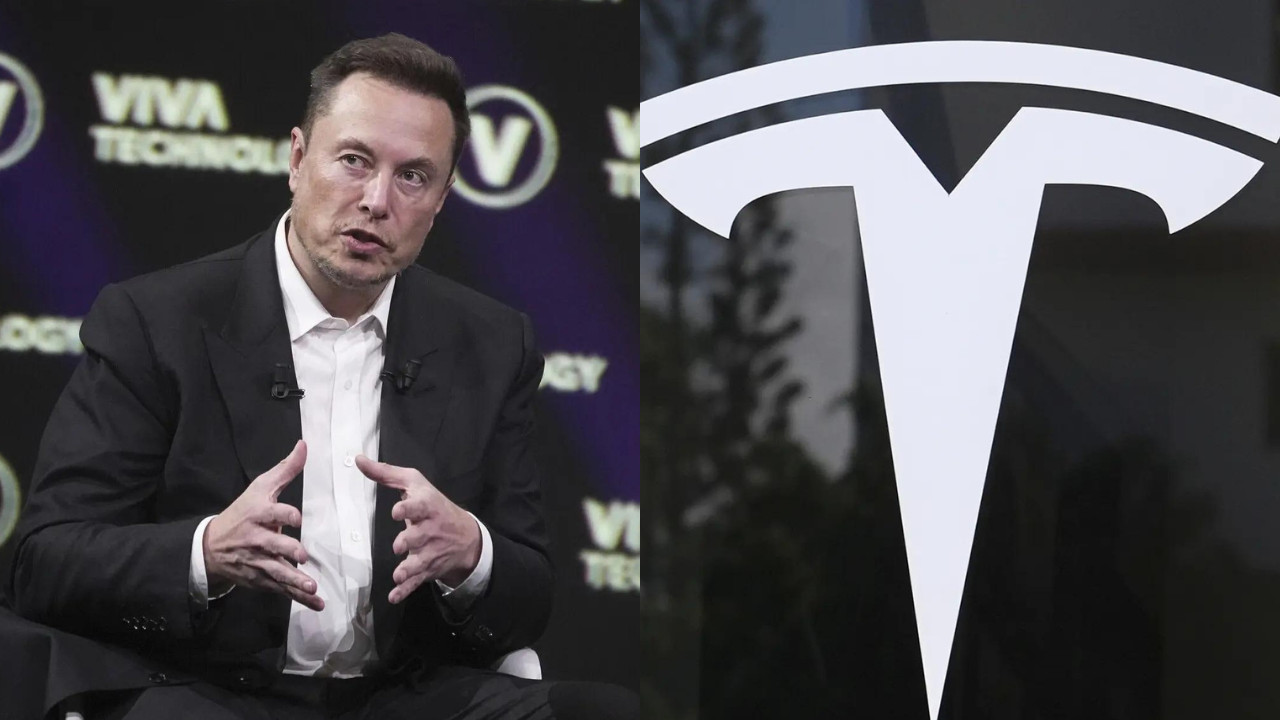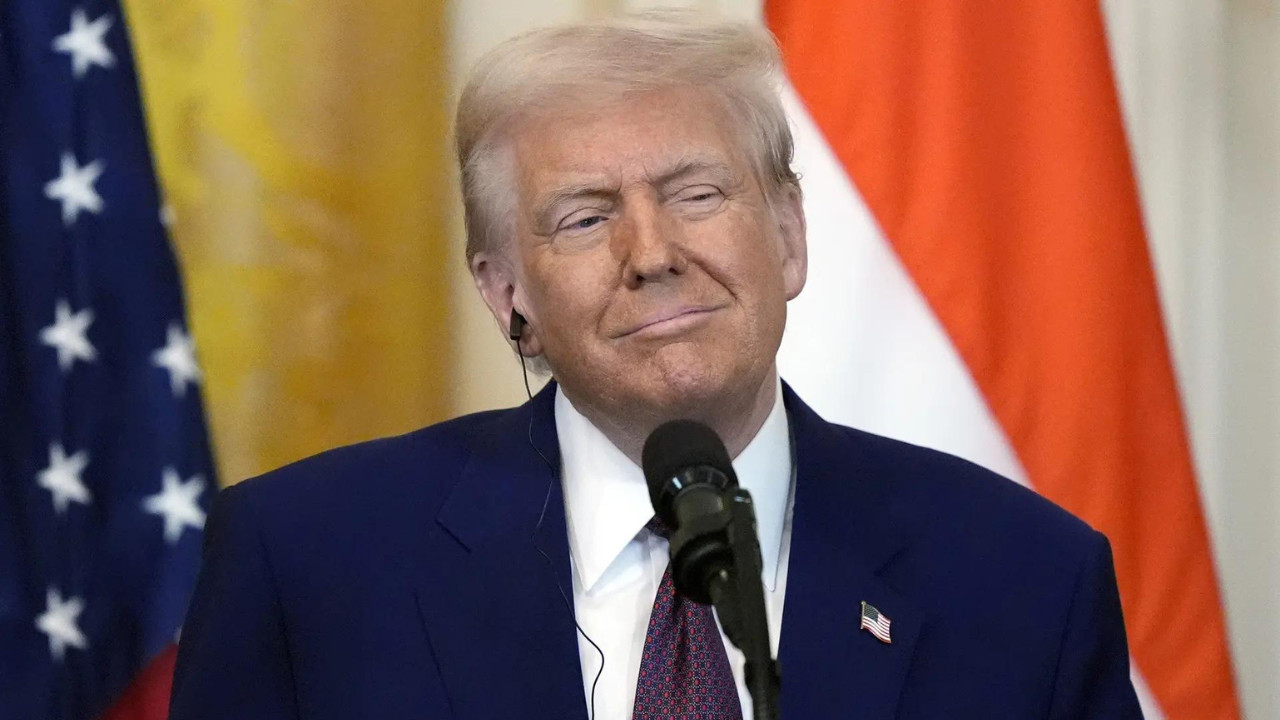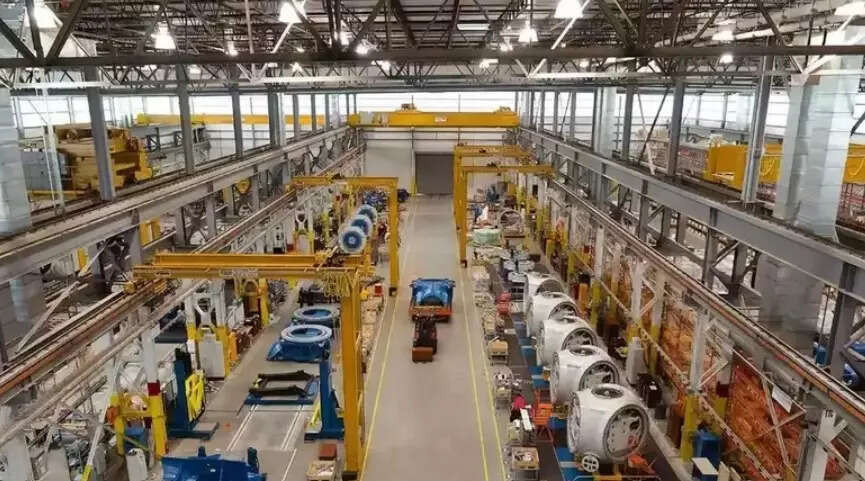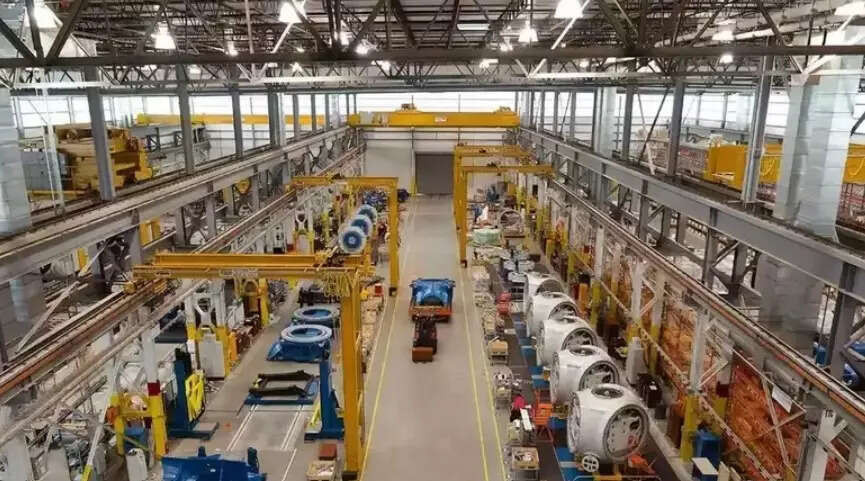Navigating the Trade Winds: India’s Export Strategy in a Shifting Global Landscape
The air in Mumbai is thick with anticipation. This week, Union Minister Piyush Goyal is meeting with exporters, a crucial huddle at a pivotal moment for Indian trade. The global landscape is shifting, and the conversations happening behind closed doors could significantly impact India’s economic trajectory. What are the key sectors wrestling with, and how might India navigate these complex trade winds?
Key Sectors Raise Concerns Amidst Global Uncertainty
It’s no secret that trade dynamics between major global players are in flux. While specific details of the exporters’ concerns haven’t been publicly disclosed, the issues likely stem from a cocktail of challenges: fluctuating demand in key markets, rising input costs, and the ever-present specter of tariffs. Sectors heavily reliant on exports, like textiles, pharmaceuticals, and engineering goods, are particularly sensitive to these shifts. A 25% tariff hike, such as the one referenced in the original report implemented some time ago by the previous US administration, can dramatically impact competitiveness, squeezing profit margins and potentially leading to job losses.
But it’s not just about tariffs. Supply chain disruptions, still lingering from recent global events, continue to add layers of complexity. Securing raw materials and components at competitive prices is an ongoing battle, and these rising costs inevitably impact the final price of Indian goods in the international market.

Strategic Engagement: A Proactive Approach to Trade
Minister Goyal’s engagement with exporters underscores the government’s proactive approach to addressing these challenges. These discussions provide a vital platform for businesses to voice their concerns directly, informing policy decisions and allowing for the development of targeted support measures.
The meeting is more than just a listening exercise. It’s an opportunity to forge a collaborative strategy, identifying concrete steps that can be taken to bolster India’s export competitiveness. This might include exploring new markets, diversifying product offerings, or streamlining export procedures to reduce bureaucratic hurdles.
Beyond Bilateral Agreements: Diversification and Innovation
While bilateral trade agreements are crucial, a long-term strategy must go beyond simply relying on existing partnerships. Diversifying export markets is key to mitigating risk and ensuring sustainable growth. Exploring opportunities in emerging economies, particularly in Africa and Latin America, could provide a valuable buffer against fluctuations in more established markets.
Furthermore, investing in innovation is essential. By focusing on value-added products and developing cutting-edge technologies, Indian businesses can differentiate themselves from the competition and command higher prices in the global market. This requires a concerted effort to support research and development, foster entrepreneurship, and promote skill development. We’ve previously covered how the government is supporting manufacturing which leads to increased innovation.
Building Resilience: The Path Forward for Indian Exports
The current global trade environment demands resilience, adaptability, and a strategic vision. By fostering open communication between the government and the exporting community, India can develop effective policies that support businesses, promote innovation, and drive sustainable export growth. Minister Goyal’s meeting in Mumbai is a significant step in this direction, signaling a commitment to navigating the trade winds and charting a course towards continued economic prosperity. The future of Indian Exports hinges on strategic adaptation and a willingness to embrace new opportunities in an ever-evolving global market. The discussions happening now will undoubtedly shape the landscape for years to come.
